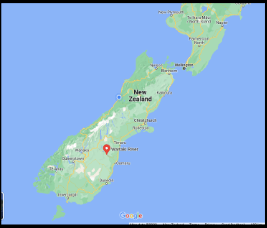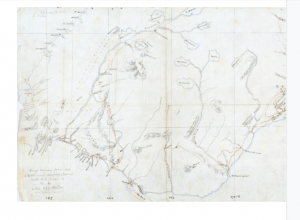Writing Goal
I will be tying to write a villanelle and include: alliteration, simile, metaphor, te reo, symbolism and rhyme within my villanelle.
Success Criteria
I will be successful when I have used alliteration, simile, metaphor, te reo, symbolism and rhyme within my villanelle.
Radiant Rimu
Vibrant greens parading branches in view
Raging rimu old and strong standing tall
Memory holder, elder of forests
Lengthy branchlets drooping gracefully through
forests, amongst grand Aotearoa bird call
Vibrant greens parading branches in view
Endemic to Aotearoa wild rimu
Raging rimu old and strong standing tall
Rough reddish-parauri bark housing wood, grew
allowing its beauty to keep out of view
Snake roots twist their way down starting off small
as a worm growing in size breaking through
Vibrant greens parading branches in view
Raging rimu old and strong standing tall
Grateful manu happy and full flew
Vibrant greens parading branches in view
Some reaching the fifty metre mark all
growing fairly tall reaching for the blue
Raging rimu old and strong standing tall
By Emma
Glossary
- Rimu – endemic New Zealand tree
- Manu – birds
- Aotearoa – Land of the long white cloud (New Zealand)
- Parauri – brown


 Taramakau River
Taramakau River 

